5 Easy Steps to Use Social Media as a Recruiting Tool
Job searching and recruiting via social media is not a novelty. 92% of companies use social media in recruiting process. LinkedIn, a platform that was created for professional contacts, was set up a few years ago and has already gained a wide group of users. However, it is not the only place for potential employees and employers to strike a deal. Social media as a recruiting tool are employed on a grand scale.
Other platforms, like Facebook or Twitter, are also widely used in this field. Companies, especially small and medium enterprises, often post job offers on Facebook, employing their Fanpages or dedicated groups. Twitter fulfills this functions as well. From the viewpoint of the supply of labor, users promote their competences and professional experience through social media as well.
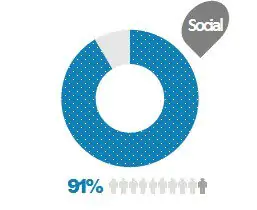
Social media is a friendly and promising environment for both job seekers and recruiting entities. According to the Internet monitoring data, around 20 thousand people post on the Internet weekly that they need a job. What’s more, the vast majority of these results comes from social media profiles (91%). If you work in HR department or you just look for a highly qualified personnel, Internet is a source for endless opportunities. Job ads websites give place to social media as a recruiting tool.
Specify Your Needs

Before you start reaching out to your potential employees, you should define precisely who you search for. Outline you perfect worker’s profile. Include industry or field of profession, necessary competences and essential skills. You should also specify geographic area of your research.
There are thousands of users that post on social media profiles that they look for a job or offer one, but you probably want to address a specific audience and region.
Keyword definition

Now it is time for a crucial part of your research. You need to properly define keywords to optimize results from social media monitoring. Naturally, you have to include the most common expressions that people use to formulate their need for a job. It may be “I need a job”, I’m looking for a job”, etc.
Of course, there are infinitely many options, but you should only focus on the most popular ones. You do not have to add another keyword that will bring you less than a few percent of mentions.
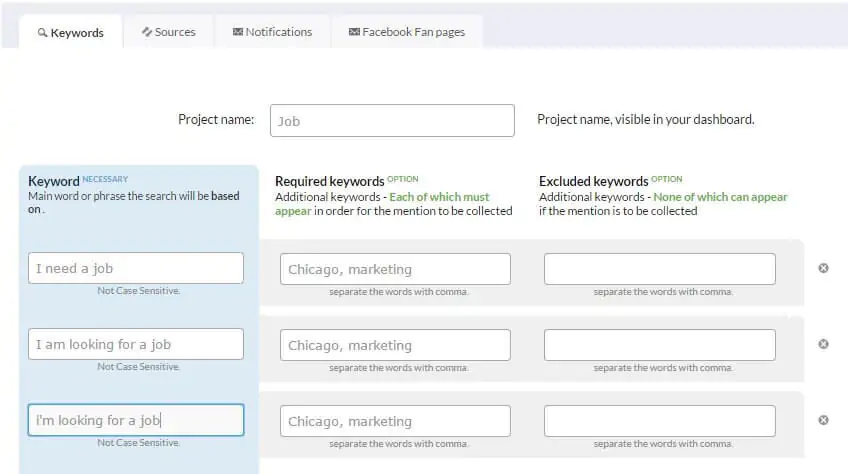
Second step aims at narrowing your results to only those that will suit a job description. Therefore, if you are looking for marketing specialist in Chicago, you should include Chicago and marketing (separated with comas) in Required keywords. In this way, you will get results that contain keyword and both required words.
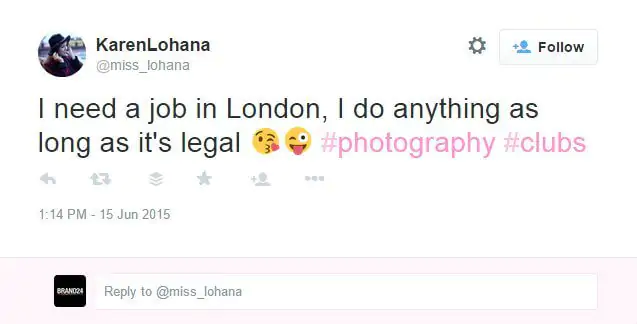
You can also exclude some expressions. For instance, if you do not want to address your offer to sales people you can put word “sales” in Excluded keywords field. You can enter as many excluded words as you want in one line. Results that include any of them will not appear in your dashboard.
My recommendation, though, is to be careful with required and excluded keywords. If you exaggerate, you can get very few results or even none. You still can limit this number using filters in dashboard.
Filter Your Data
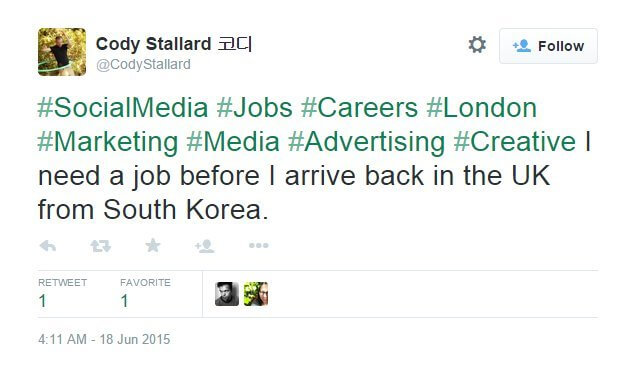
As I said before, you can also curb mentions after you get the first results. You may employ search filters and pick only these results that correspond to your requirements.

What is more, you can define general keywords in the second step, that would gather mentions from people that seek for a job in a specific region. Then you can define different filters (and save them), depending on current needs for personnel. In this way, you will not have to set up separate projects for different jobs.
This is a perfect solutions for HR agencies an bigger companies that recruit people on regular basis or have high staff turnover.
Study Profiles
When you finally get all posts and tweets published by people who seek for a job, you should do little research about your potential employers. Check out their profiles, previous experience, etc. People unveil a lot of information on social media, so it will not be hard for you.
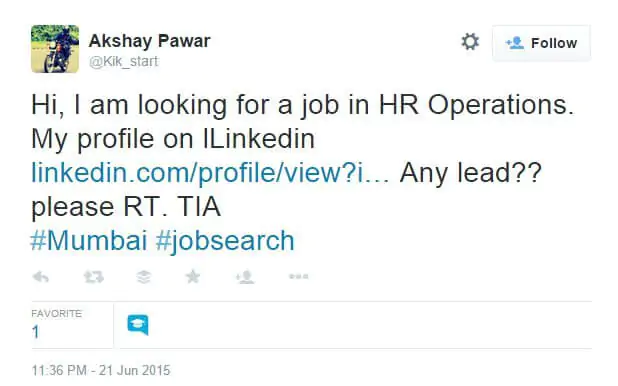
You can also try to discover and check out their profiles on different platforms. Maybe you will be able to check out their LinkedIn account. I also recommend to google them too. The biggest search engine very often is a source for valuable information about specific people. For instance, you can find one’s name in his or her previous company’s website.
Hire via Social Media
Ok, you got a wider picture of your potential employee’s profile, so now you can start reaching out to them. There are many ways to do it. You can use private messages or respond directly in a comment. It is up to you. But remember that your message should be personalized and in accordance with your company’s values.

To sum up, you can easily leverage social listening in searching for new employees. You should start with outlining a potential worker’s profile. Then you can define proper keywords that would match an outline. If needed you can also apply additional filters. Before you start reaching out to users who look for a job you should do some research about them first. With a bigger picture you can begin to hire them! Good luck!
How do you find the best talents for your company? Leave us a comment!
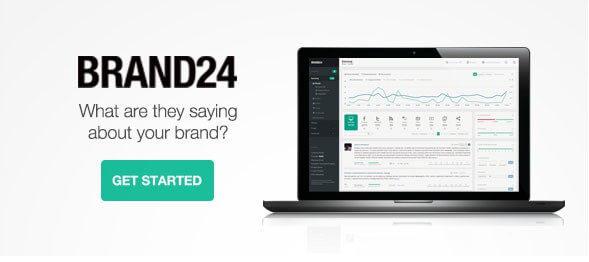
Related articles
Top Reads
Brand Monitoring: Tools & Guide for 2026
Brand Awareness Strategy [The Ultimate Guide for 2026]
The Best AI Hashtag Tracker and Other Hashtag Tracking Tools [2026]
Social Media Reach: How to Measure & Improve It in 2026?
X (Twitter) Analytics Tools: The 10 Best to Try in 2026
Sentiment Analysis: What is it & Why do You Need it in 2026?
Share of Voice: Definition, Calculation, Tools [2026 Guide]
Brand Reputation Management: 6 Expert Tips for 2026
A Complete Guide to AI Social Media Analysis [2025]
How to See How Many Times a Hashtag Was Used on X (Twitter)
Start Social Listening!
Get the Brand24 trial and start social listening like a PRO.


